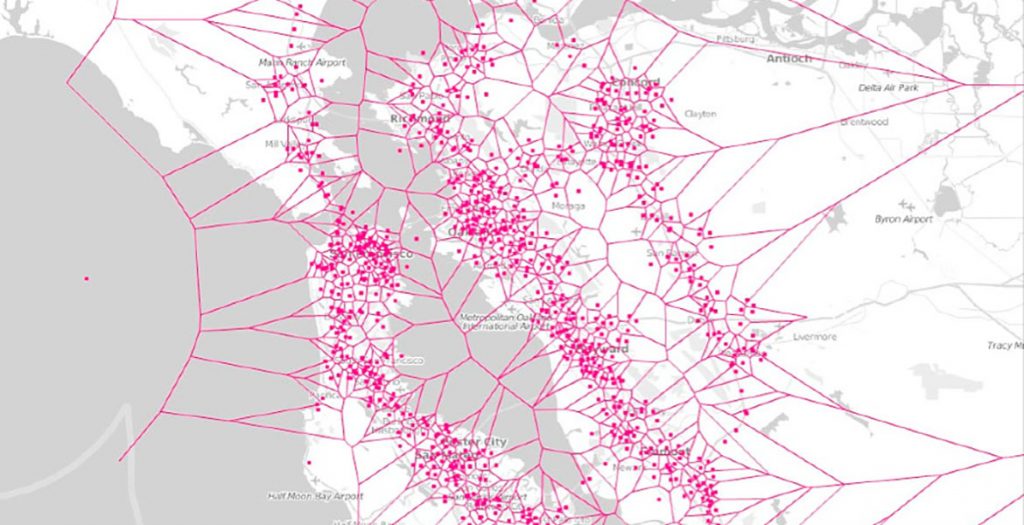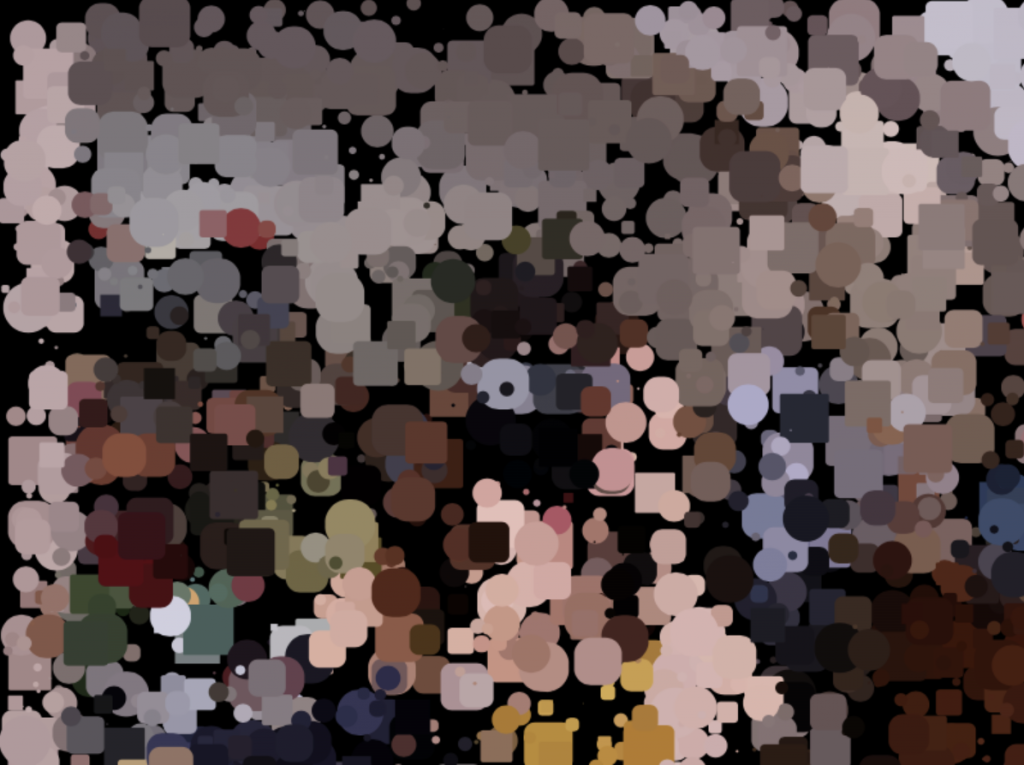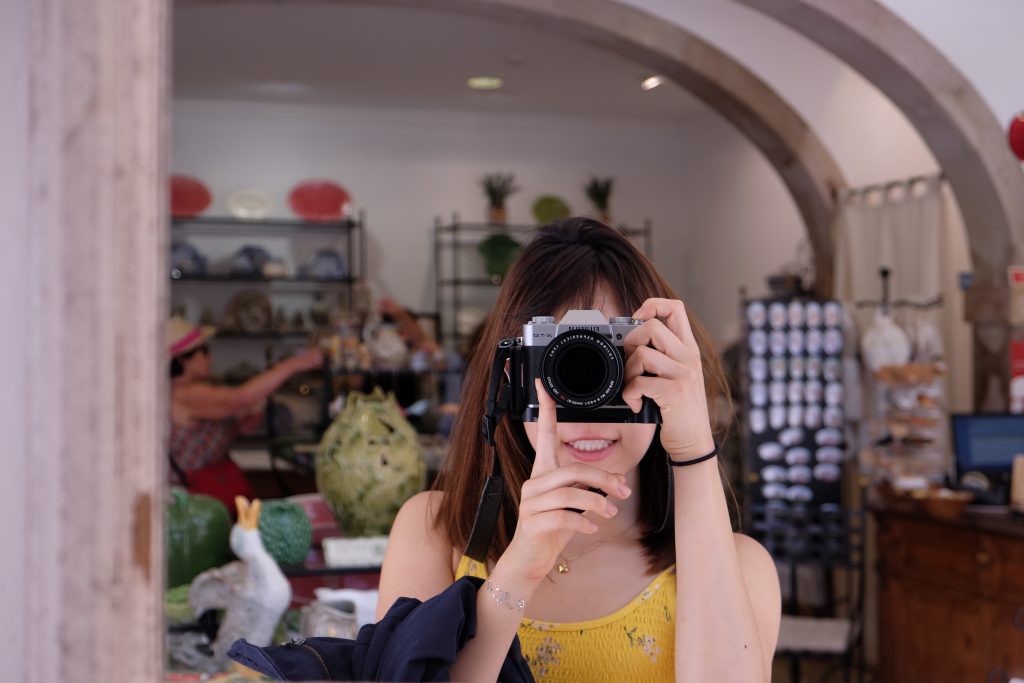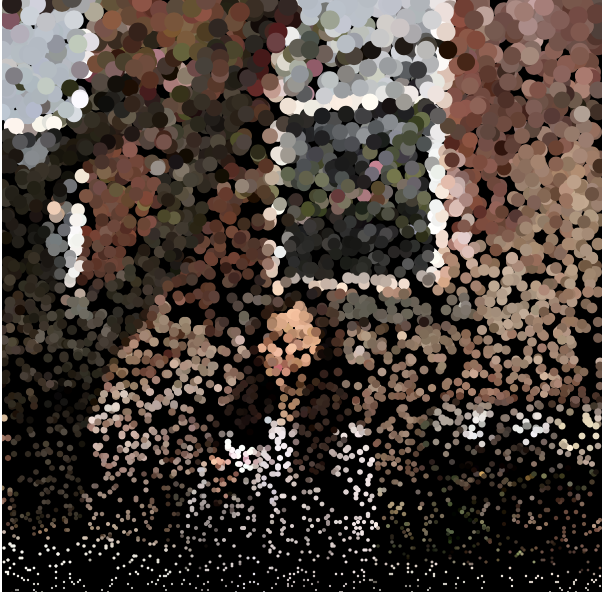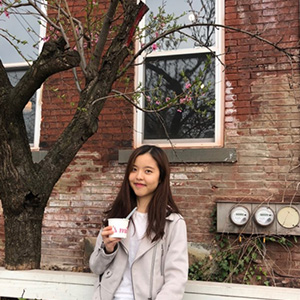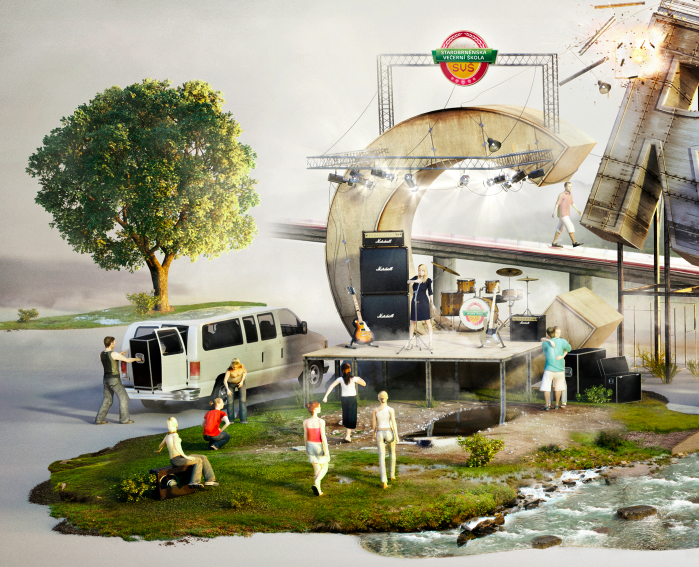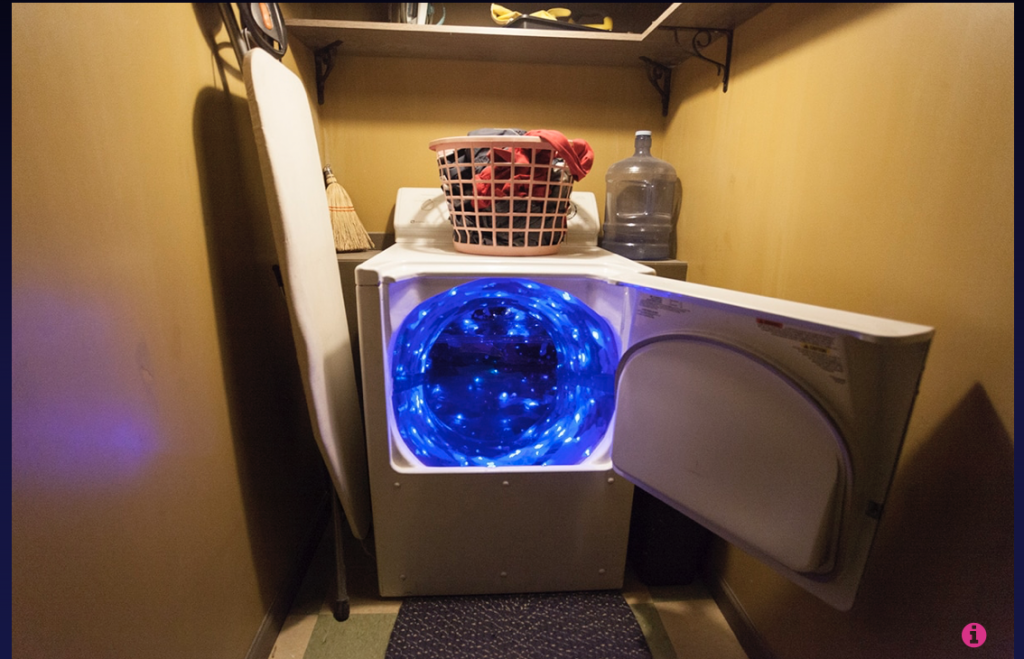For this Looking Outwards post, I decided to look at Monica Chang’s Looking Outwards 03. In this Looking Outwards, she studies programmable bio-composites called Aguahoja, created by Neri Oxman and MIT. Using the most available materials that can be found on Earth currently, they create organic art that moves away from using plastic and other materials that are toxic to the environment.

I agree with her statement on why it is intriguing, the fact that this art is being sustainable in its resources shows the possibility in duality between conserving the resources we currently have in the ecosystem, while not halting our movement towards further modernizing the world.
Furthermore, I also think the statement that they are making in redefining art is strong. When thinking of art, what comes to mind is a lot of traditional materials, such as paint, clay, wire, etc. All of these materials (especially thinking of different types of paint) are also toxic to the Earth. However, using materials that are organic and that the environment has plenty of, traditional art is being challenged and being evolved as Earth does as well.
![[OLD FALL 2019] 15-104 • Introduction to Computing for Creative Practice](../../../../wp-content/uploads/2020/08/stop-banner.png)
